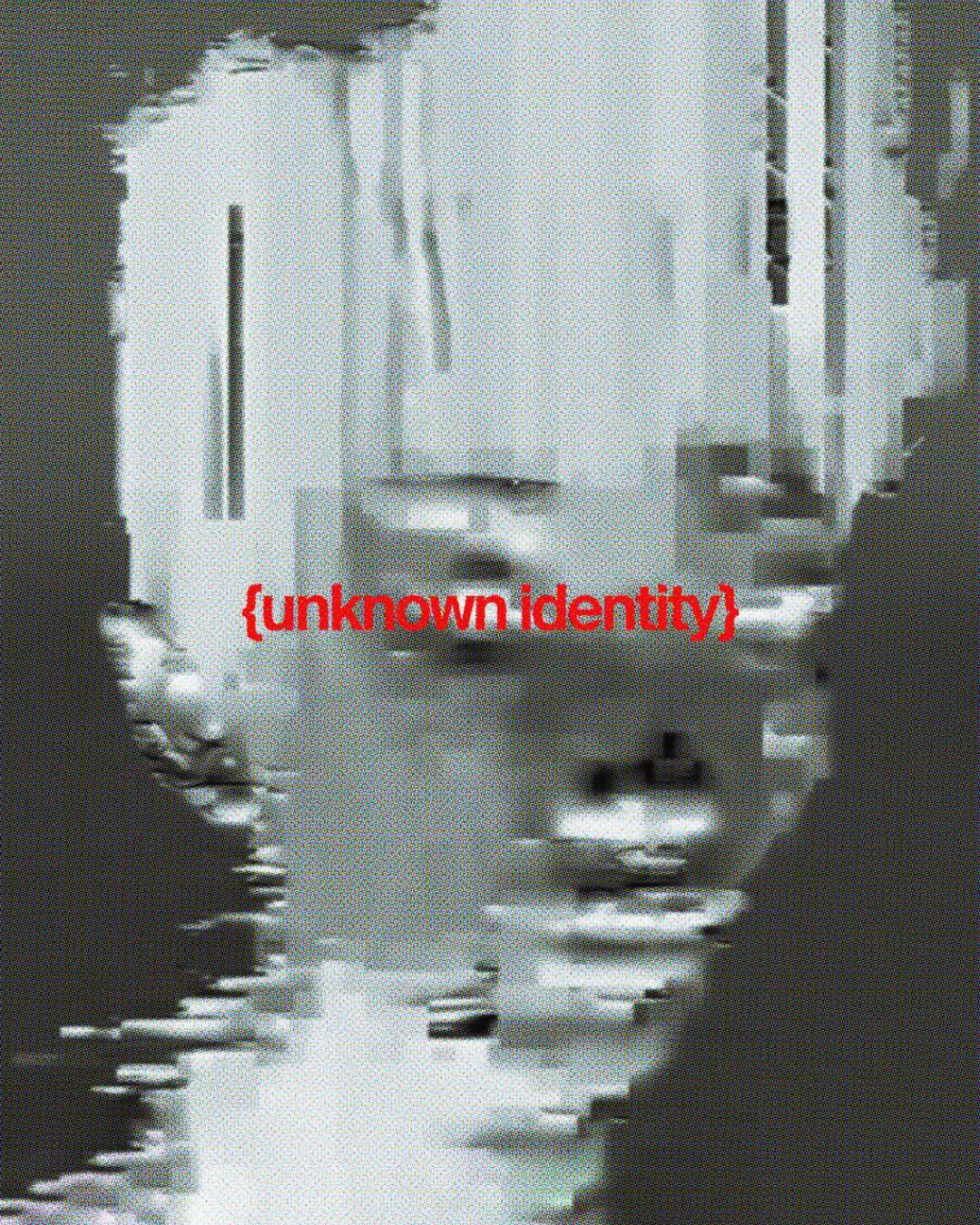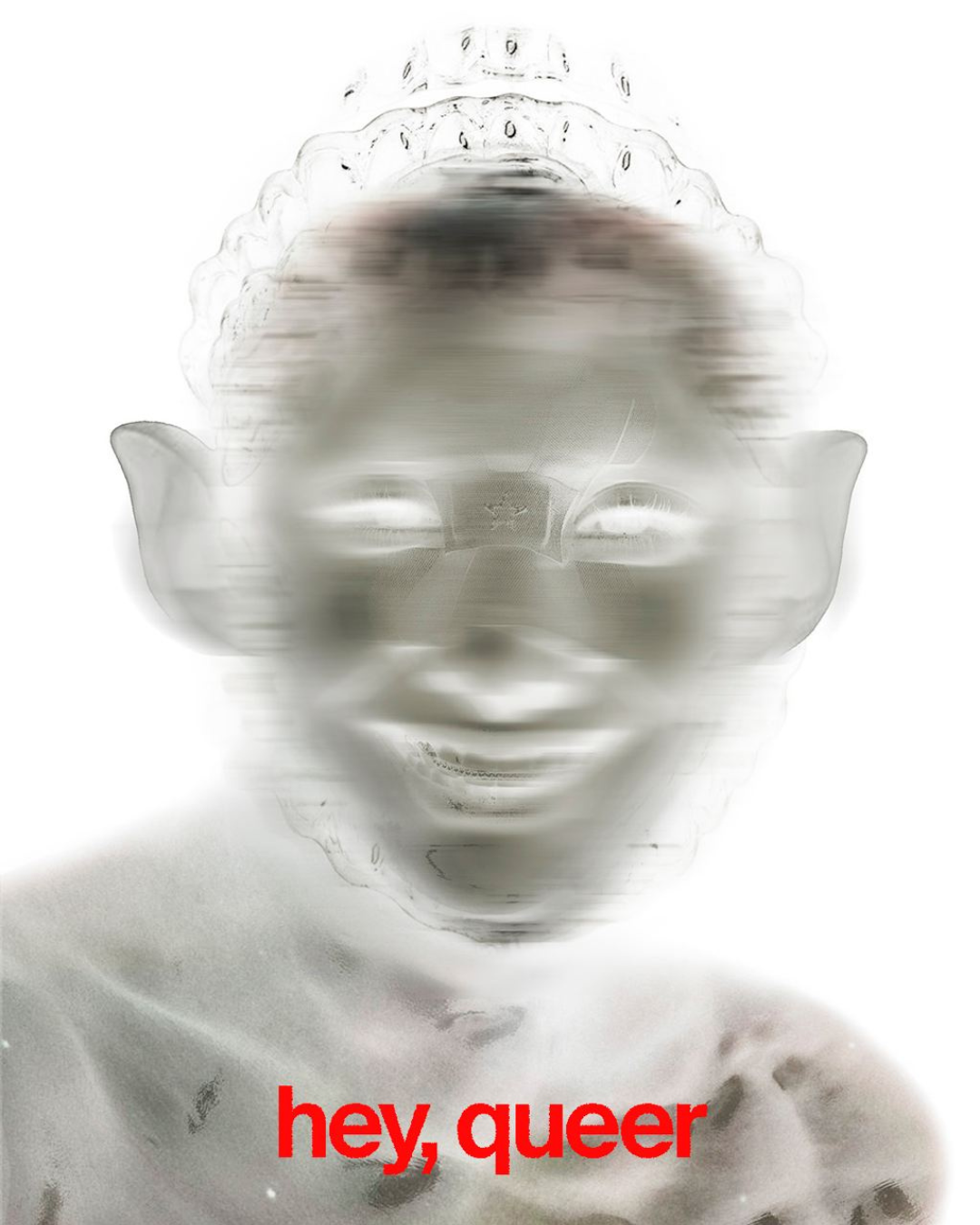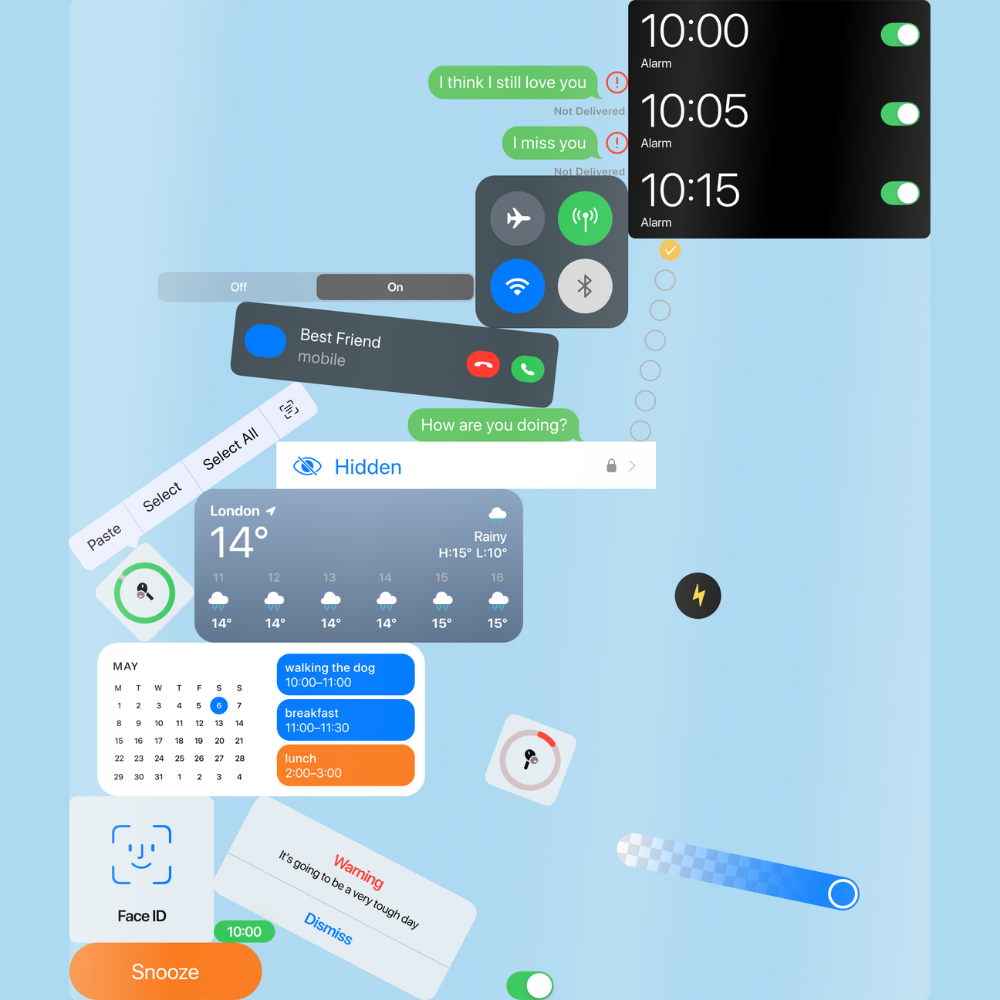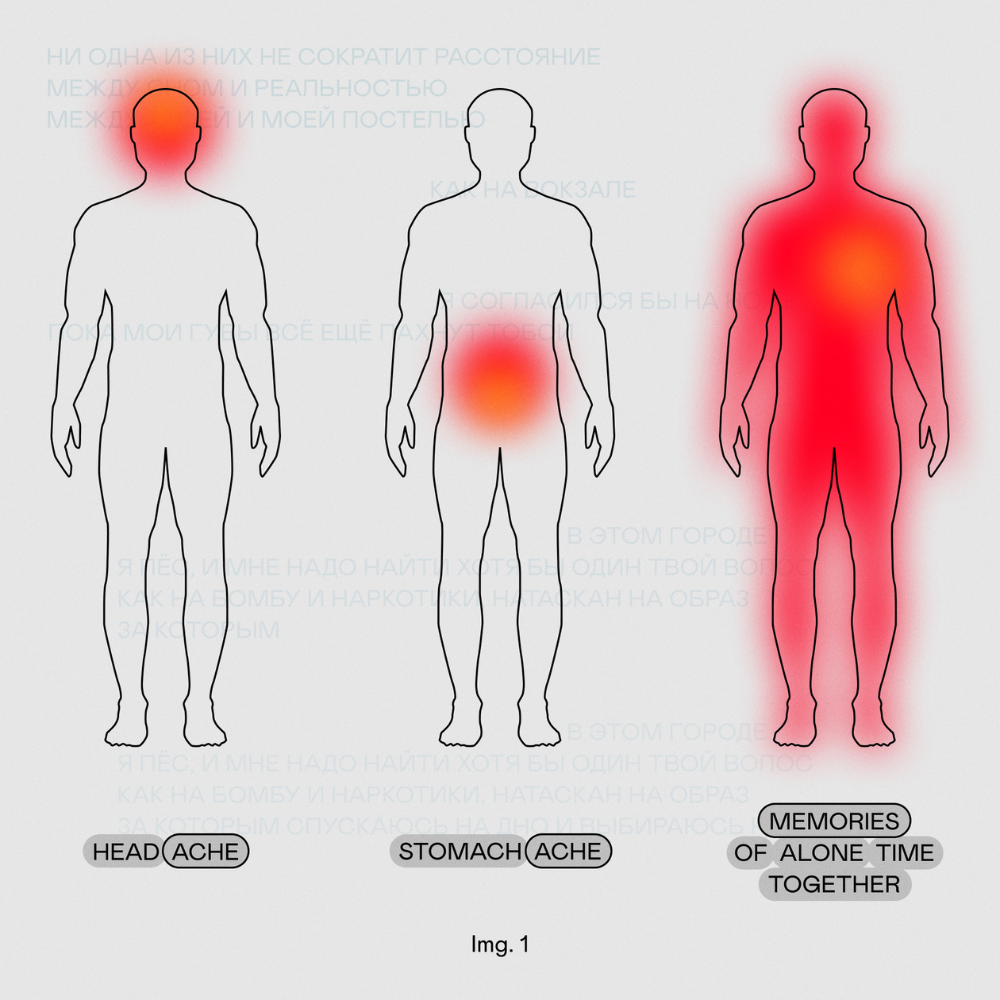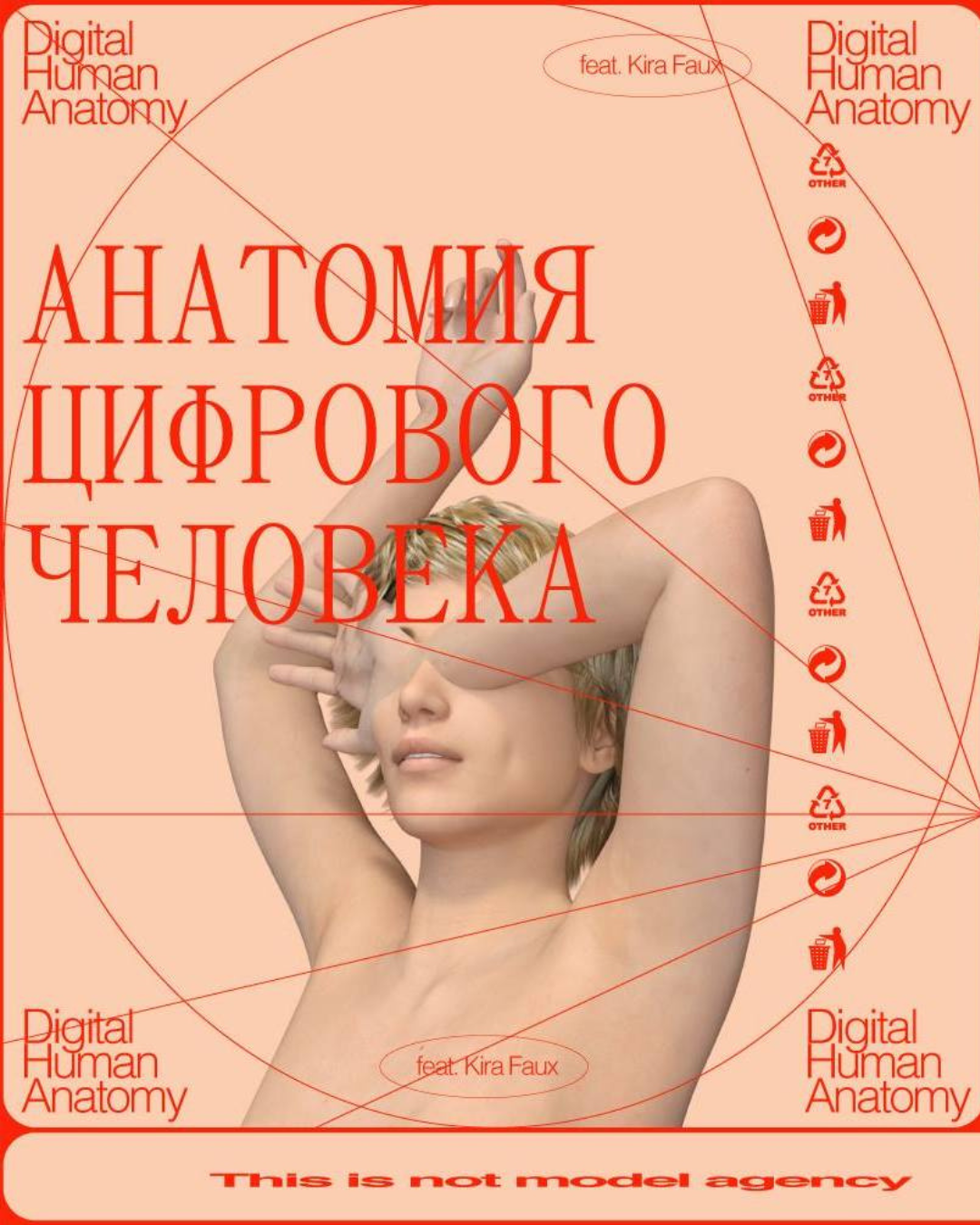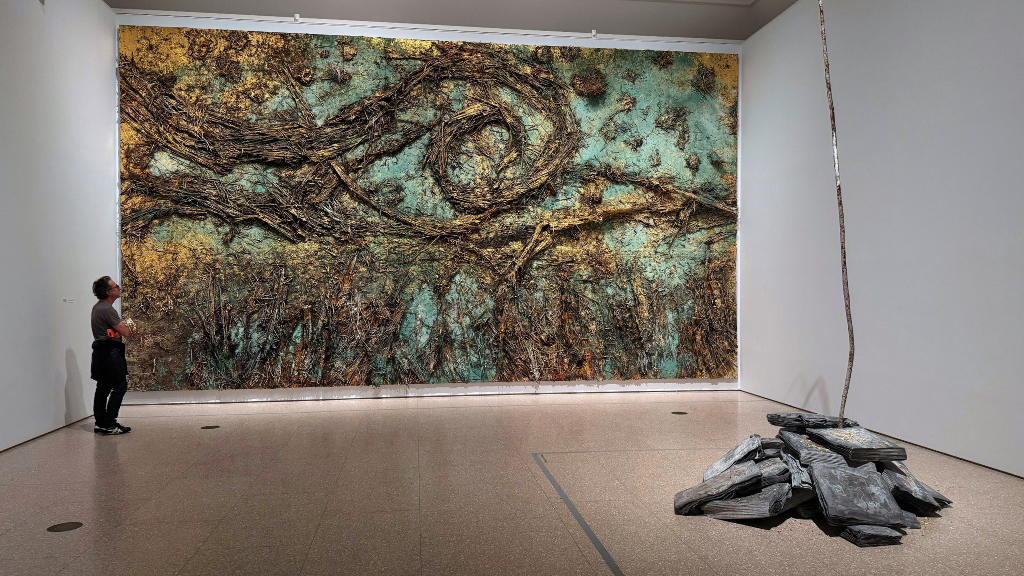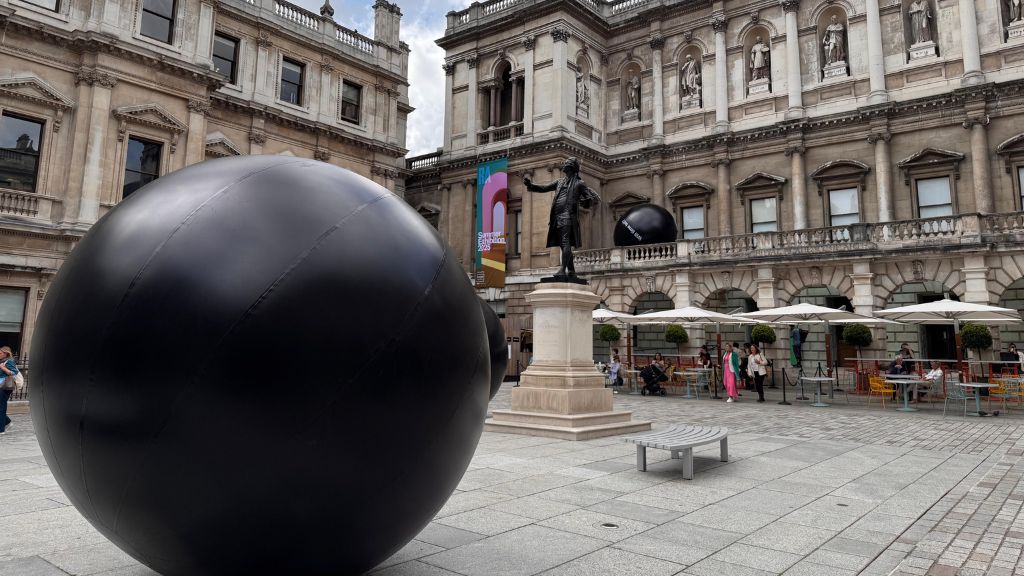
Transformation of identity: art in search of new expressions of the human
Identity — is a concept largely composed of cultural narratives, with far-reaching implications both in the art world and in other means of cultural production. A little over a quarter of a century ago, this topic focused on object-oriented forms, putting artists at a systematic disadvantage; nowadays, it is a multiple hybrid, intersectional and complexly articulated dimension arguing for the superiority of rationality over other ways of perceiving and making sense of the world. Afisha.London magazine has decided to look into this topic and tell about contemporary artists who raise the issue of identity in their work.
No longer contributing to a view of identity as innate and fixed, identity theory is implied as fluid, but is provided by social conditioning complementing this view with “performativity”. At the same time, we are witnessing the first generation fully immersed in the digital revolution, running headfirst into the unique challenges and opportunities tied to cultural diversity and the search for their distinct voices.
In this article, we explore the work of three artists — Nikita Sobolev, Matvey Stasyuk, Roman Naveskin — each forging their unique path and exerting their own influence on the reflection of identity. How does art today reflect and impact self-definition? How does it explore the diversity and possibilities of the modern world? Where does the parallel between the body and the self? By encapsulating identity in various art forms, from painting and photography to sculpture and digital media, these artists provoke us to ponder, explore, and reinterpret our own notions of self, contemporary society, and our impact on the world.
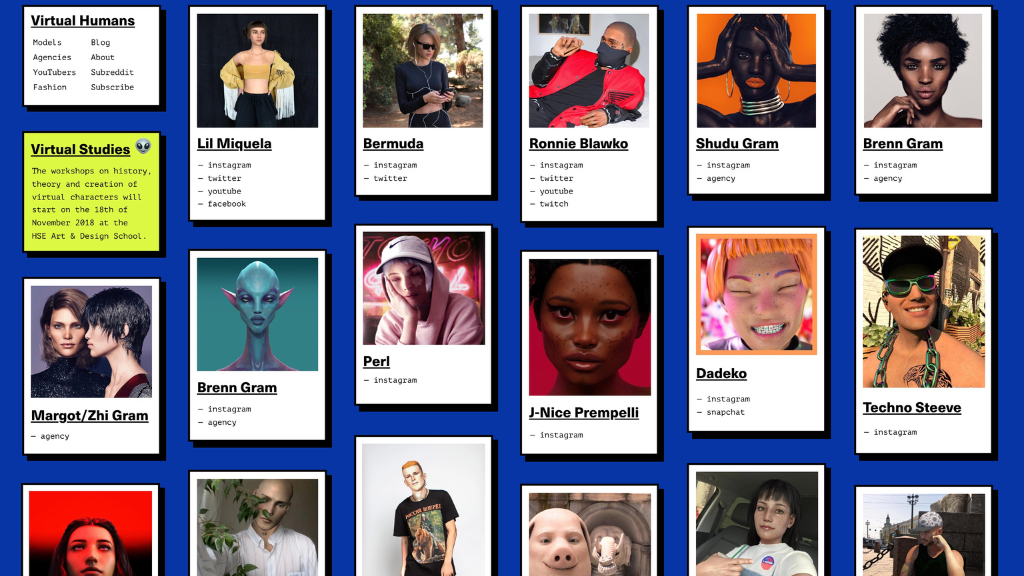
“They+. Virtual Human Museum” by Roman Naveskin, 2023. Photo: Roman Naveskin
Nikita Sobolev, digital artist
Nikita explores the theme of identity through the prism of the artistic organisation of the maximum possible diversity. Diversity is the key value of Nikita’s artistic practice. He consciously uses a wide range of media tools (including various graphic, photography, video editors and even neural networks) to show the depth and exclusivity of personality. Sobolev’s graphic works are a hymn to the diversity of personalities and human destinies. The variety in Nikita’s graphic works is in the fluidity of forms and the interweaving of textures and emotions.
- “Unknnow identity” by Nikita Sobolev, 2021. Photo: Nikita Sobolev
- “Hey, queer” by Nikita Sobolev, 2021. Photo: Nikita Sobolev
Pulsating vacuole-like cells transforming faces shining through them; symmetrical faces combined with butterfly wings; tangible shapes that you want to try on yourself; loud and almost slogan-like inscriptions — these are the main characters of Nikita Sobolev’s organised semiotic diversity. This is a multiverse where no one can stop the flow of imagination about identities. It is the raging energy of self-invention and self-acceptance. In his artistic practice, Nikita studies the diversity of identities as an endless paradox, contrasting this turbulent creative energy with reactionary social taboos and repressive remnants of the past.
Matvey Stasyuk, digital artist
Within the realm of his creations, Matvey Stasyuk delves into the intricate tapestry of human introspection. He traverses the labyrinthine corridors of our daily self-ponderings, unearthing profound inquiries about one’s identity in the realms of labor, intimacy, and existence itself. Matvey is a multidisciplinary artist who uses all facets of digital art, from graphic elements to volumetric abstractions. Central to his artistic lexicon is the art of unraveling the internal disintegration that resides within each individual.
- “Empty day on the iPhone” by Matvey Stasyuk, 2023. Photo: Matvey Stasyuk
- “Memories of alone time together” by Matvey Stasyuk, 2022. Photo: Matvey Stasyuk
One compelling instance is his visceral journey through a solitary day, as viewed through the screen of a smartphone — a poignant narrative of a heart fragmented. The intriguing convergence of symbols we routinely encounter on our phones coalesces into a singular story that undoubtedly resonates with all. Matvey undeniably stands as an extraordinary purveyor of artistry, leaving an indelible impression with his profoundly evocative sensibilities.
Read more: Composer Pyotr Tchaikovsky in London: impressions, recognition and success
Roman Naveskin, artist and curator
The rise of AI forces us to look differently at the theme of identity. The body and mind as a construct become a theme of not only the search for self, but also the creation of new beings. Curator and artist Roman Naveskin explores the theme of human transformation in just this way — through the prism of an artificially constructed identity. A specialist in the topic of virtual people, which is new to the art world, he has been summarising his knowledge in his curatorial project They+.
- Poster for Roman Naveskin’s lecture «Anatomy of a Digital Man» (Moscow, 2019)
- Kira Faux Project, 2018-2020. Photo: @kira.faux
Within its framework he has given art lectures on the topic of virtual people, made exhibitions, and together with a group of artists participated in the creation of a virtual person — Kira Faux, who, in turn, managed to give interviews and make several independent art collaborations. In the near future, Roman plans to make several exhibitions, open a digital museum of the history of virtual people and continue to develop the theory and practice of the new art medium.
Irina Voloshinovskaia, academic, writer
Cover photo: Nikita Sobolev
Read more:
Anna Akhmatova in the UK: A Poetess, Muse and Femme Fatale
Leo Tolstoy in London: shaping the british literary landscape
Bakst, Benois and Dobuzhinsky: How an Extensive Collection of Russian Art Ended Up in Oxford
SUBSCRIBE
Receive our digest once a week with quality Russian events and articles

